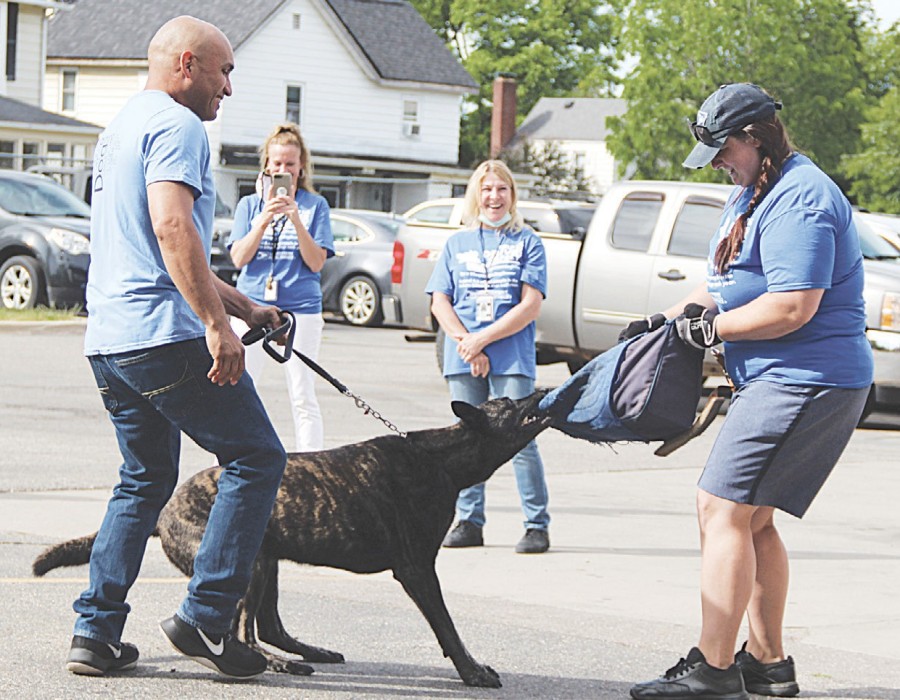Introduction: The Importance of Dog Bite Prevention for Package Carriers
As package carriers diligently navigate neighborhoods to deliver parcels, they often encounter friendly canine companions along the way. While many dogs are well-behaved and pose no threat, there is always a risk of dog bites occurring during delivery rounds. In this article, we explore the significance of dog bite prevention for package carriers and share essential tips for ensuring their safety on the job.
Understanding the Risks
1. Common Occurrence
Dog bites are a prevalent occupational hazard for package carriers, with thousands of incidents reported annually. The unpredictable nature of canine behavior, coupled with frequent interactions with dogs on delivery routes, increases the likelihood of encounters leading to bites or injuries.
2. Potential for Serious Injury
Dog bites can cause severe physical injuries, ranging from puncture wounds and lacerations to nerve damage and infections. In some cases, bites may result in long-term complications or require medical intervention, posing a significant risk to the health and well-being of package carriers.
Strategies for Dog Bite Prevention
1. Awareness and Vigilance
Package carriers should remain vigilant and observant when approaching residences with dogs on the premises. Recognizing potential signs of aggression or territorial behavior in dogs can help carriers anticipate and avoid risky situations.
2. Communication
Effective communication with customers is key to preventing dog bites. Carriers should inform customers of any concerns regarding their pets and request that dogs be secured or restrained during delivery times to minimize the risk of encounters.
3. Protective Measures
Carriers can take proactive steps to protect themselves from dog bites by wearing sturdy, protective clothing, such as thick pants and long sleeves, and carrying dog repellent spray or a noise-emitting device as a deterrent.
4. Safe Handling Techniques
In the event of a dog encounter, package carriers should exercise caution and employ safe handling techniques to de-escalate the situation. Avoiding sudden movements, maintaining a safe distance, and speaking calmly can help diffuse tension and prevent aggressive dog reactions.
5. Training and Education
Employers should provide comprehensive training and education programs for package carriers on dog bite prevention strategies and techniques. Training sessions should cover topics such as canine behavior, recognizing warning signs, and appropriate response protocols.
Conclusion:
In conclusion, dog bite prevention is essential to ensuring package carriers' safety and well-being during delivery rounds. By raising awareness, implementing protective measures, and fostering effective communication with customers, carriers can minimize the risk of dog bites and create safer working environments for themselves and their colleagues.





Comments